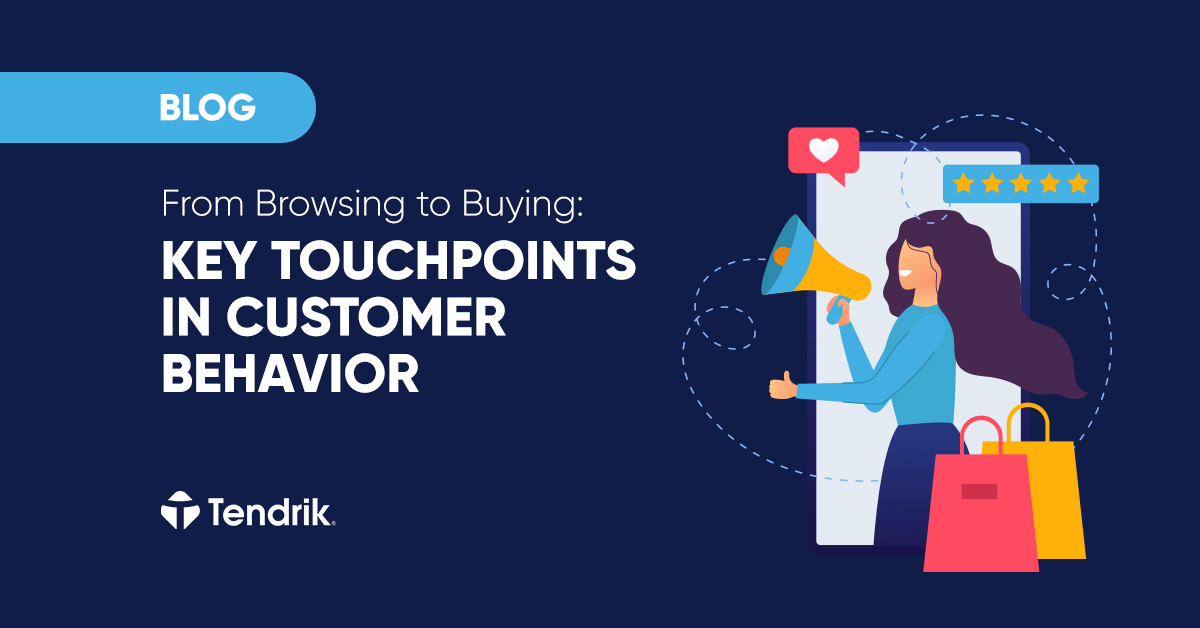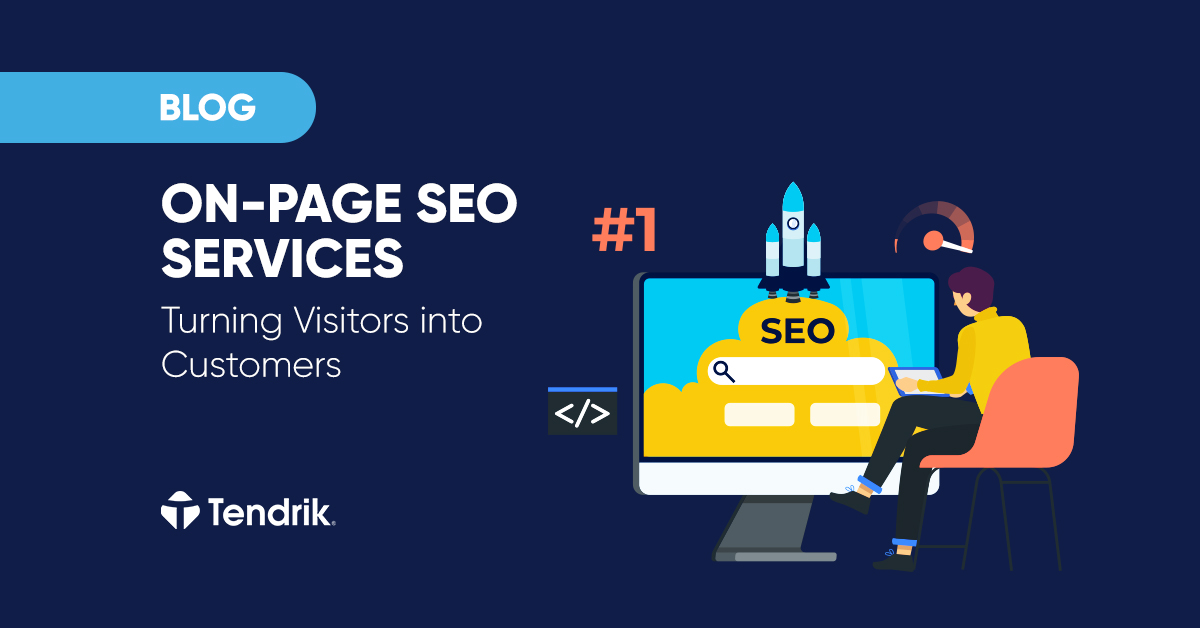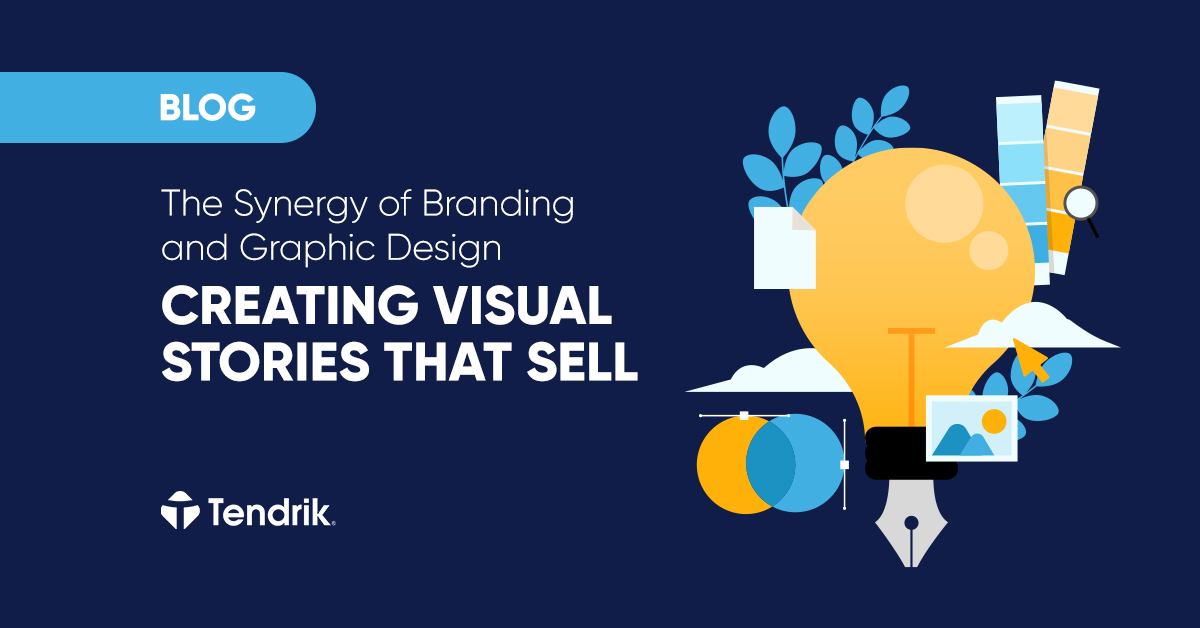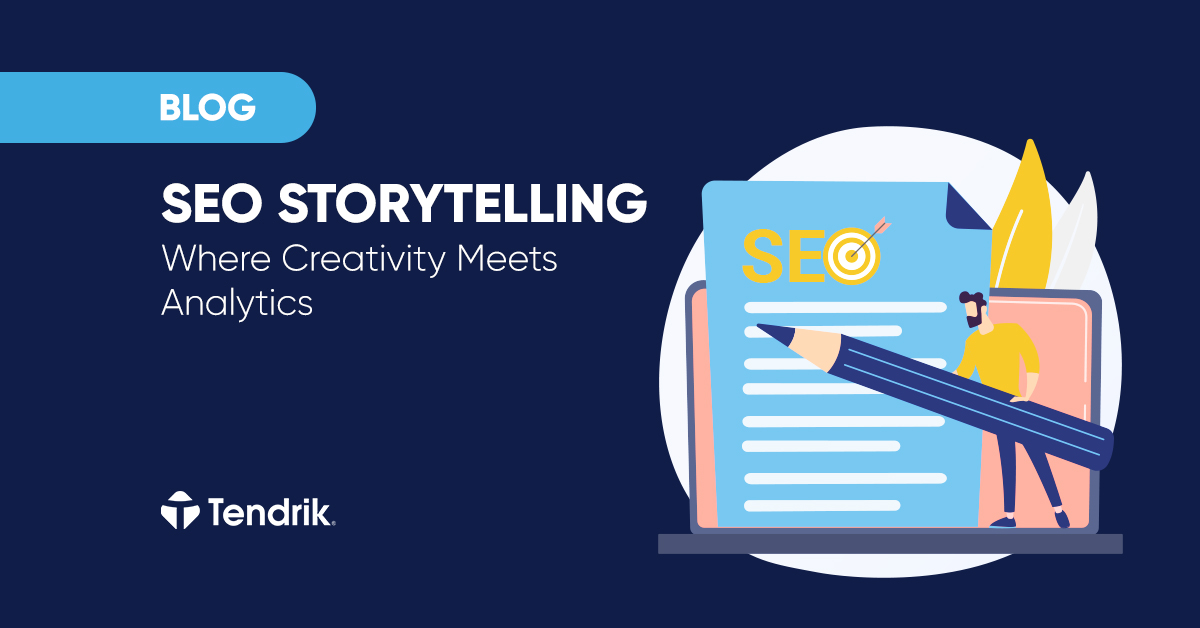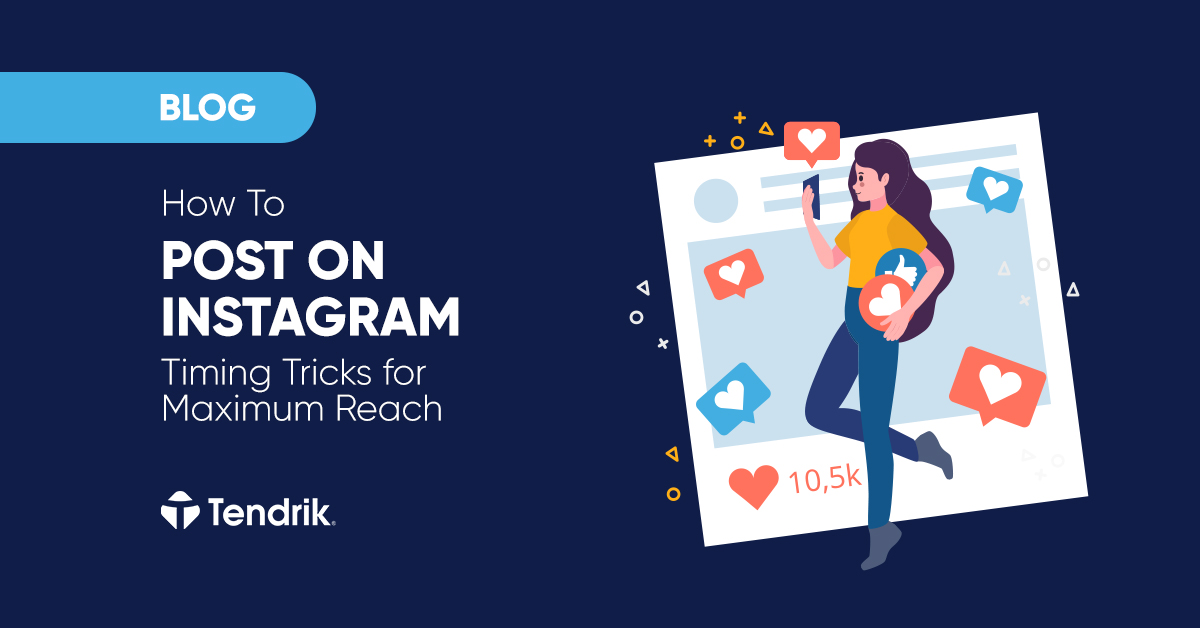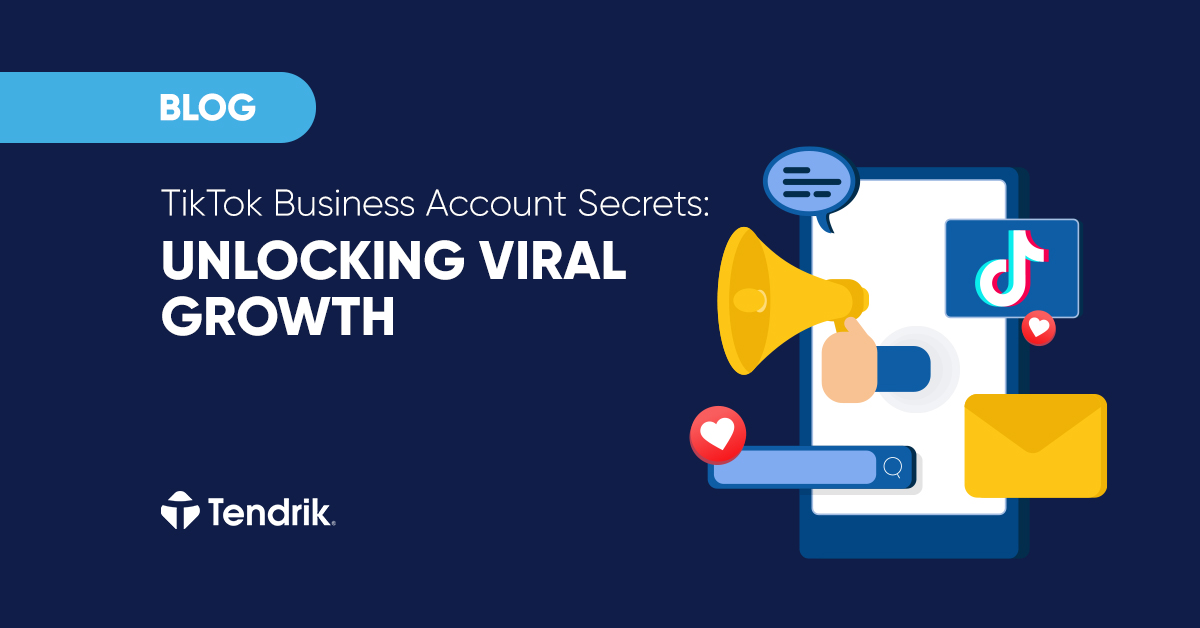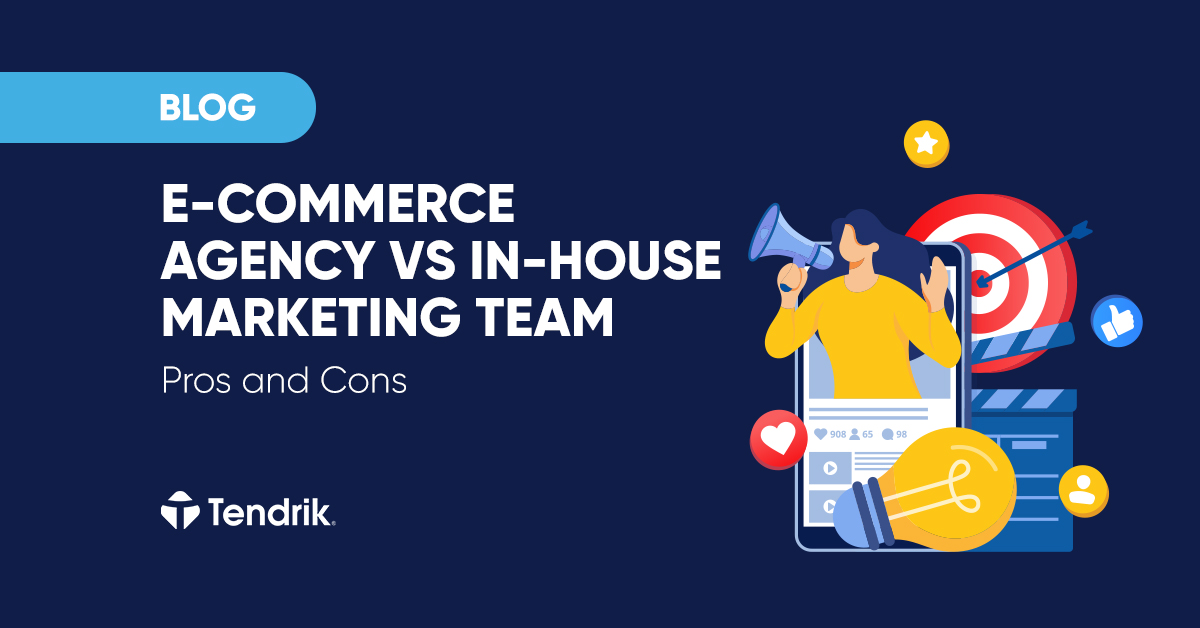Understanding consumer behavior is essential for businesses aiming to enhance their marketing strategies and improve customer satisfaction. By analyzing how customers interact with products or services, companies can gain valuable insights into their needs, preferences, and decision-making processes. This understanding enables businesses to tailor their offerings and communication strategies to meet customer expectations better, ultimately leading to increased loyalty and revenue.
What is Consumer Behavior?
Consumer behavior refers to the actions, decisions, and preferences of individuals when they interact with products or services. It encompasses the entire process from recognizing a need, searching for information, evaluating alternatives, making a purchase, to post-purchase evaluation. Factors that influence customer behavior include personal preferences, social norms, cultural values, psychological motivations, and marketing efforts. By studying these behaviors, businesses can identify patterns and trends that inform product development, pricing strategies, promotional activities, and distribution channels.
The Importance of Analyzing Different Types of Customer Behavior

Analyzing consumer behavior is crucial for several reasons:
- Enhancing Product Development. Understanding what customers want and need allows businesses to design products and services that effectively address these pain points, leading to higher satisfaction and reduced product failure rates.
- Improving Marketing Strategies. Insights into customer habitual buying behavior help create targeted marketing campaigns that resonate with specific segments, increasing the efficiency of advertising spending and improving conversion rates.
- Boosting Customer Retention. By recognizing the factors contributing to customer loyalty, companies can implement strategies to enhance the customer experience, encourage repeat purchases, and reduce churn rates.
- Optimizing Pricing Strategies. Understanding how customers perceive value and price sensitivity enables businesses to set prices that maximize profitability while remaining attractive to the target market.
- Personalizing Customer Experience. Analyzing behavior allows for the customization of interactions and offerings, making consumers feel valued and understood, which strengthens the customer-brand relationship.
Stages of the Consumer Journey
The customer journey represents the complete process a person goes through from discovering a need to reflecting on their purchase afterward. Understanding these stages helps businesses pinpoint the most effective moments to engage and influence decision-making, especially when adapting to different types of consumer behavior.
- Awareness. This is when the consumer identifies a need or problem. It could be prompted by a life event, a social media post, or an ad. At this point, they begin exploring solutions, so your products and services should be relevant and easy to discover.
- Consideration. Now actively researching options, the customer compares various offerings, reads reviews, and weighs the pros and cons. Their behavior here can vary – some may dive deep into details, while others rely on peer recommendations or instinct.
- Decision. The customer decides on a specific product or service, influenced by factors like perceived value, trust in the brand, or ease of purchase. Clear information and social proof play an important role.
- Purchase. The transaction is completed. At this critical point in the journey, the ease and efficiency of the process have a direct impact on consumer buying behavior. A seamless checkout experience, multiple payment options, and strong reassurance around security can significantly reduce friction and help turn consideration into action.
- Post-Purchase: After buying, the customer reflects on whether their expectations were met. The goal at this point is to retain an existing customer, as satisfaction can lead to loyalty, referrals, or feedback. These are critical factors for long-term success.
By mapping each stage carefully and understanding behavioral nuances, brands can better support customers throughout their journey.
Key Customer Touchpoints in Each Stage
Awareness Stage
Touchpoints
- Social Media Advertising. Platforms like Facebook, Instagram, and LinkedIn offer targeted advertising options that can introduce products and services to potential customers based on their interests and behaviors.
- Content Marketing. Creating valuable content such as blog posts, videos, and infographics that address common problems or topics of interest can attract and engage potential clients.
- Search Engine Optimization (SEO). Optimizing website content to rank higher in search engine results increases visibility to individuals searching for related information.
Strategies
- Targeted Advertising. Utilize data analytics to identify and target specific demographics with personalized ads that resonate with their interests and needs.
- Educational Content. Develop informative and engaging content that positions the brand as a thought leader and builds trust with the audience.
- SEO Best Practices. Conduct thorough keyword research to understand what potential customers are searching for and optimize website content accordingly to improve organic search rankings.
Consideration Stage
Touchpoints
- Product Pages. Detailed product descriptions, high-quality images, and videos help customers evaluate the features and benefits of a product or service. Well-structured pages also demonstrate how the offering addresses specific consumer needs, making it easier for potential buyers to determine if it’s the right fit.
- Customer Reviews and Testimonials. Authentic feedback from other customers provides social proof and can significantly influence purchasing decisions. This type of customer interaction not only builds trust but also reflects the real-world performance and satisfaction levels associated with the product or service.
- Comparison Articles. Content that compares similar products and services assists customers in understanding differences and making informed choices. This is particularly helpful for users with complex buying behavior, who need additional validation before committing.
Strategies
- Comprehensive Product Information. Ensure that product pages are informative, easy to navigate, and answer common questions to facilitate the evaluation process.
- Encourage and Display Reviews. Implement systems to collect and showcase customer feedback, reviews, and testimonials to build credibility and trust.
- Provide Comparison Tools. Offer side-by-side comparison features or articles that help customers weigh their options effectively.
Decision Stage
Touchpoints
- Free Trials or Samples. Allowing customers to experience the product or service firsthand can alleviate concerns and demonstrate value. These touchpoints often help drive consumer confidence by eliminating uncertainty and showing real-life benefits before commitment.
- Live Demonstrations or Webinars. Interactive sessions that highlight the product’s features and real-world applications address specific concerns and support informed consumer decision-making. These formats are particularly useful when psychological factors, such as fear of wasting money or the need for social approval, influence consumer hesitation and decision-making.
- Personalized Consultations. Offering one-on-one consultations to discuss the customer’s unique needs and how the product or service can meet them.
Strategies
- Risk-Free Opportunities. Provide money-back guarantees, free trials, or samples to make the customer feel secure and encourage commitment.
- Highlight Success Stories. Share case studies and testimonials that demonstrate how the product or service has successfully addressed similar customer needs.
- Tailored Recommendations. Use customer data to offer personalized suggestions that align with their preferences and requirements.
Purchase Stage
Touchpoints
- Shopping Cart. This is where customers review and adjust their selected items before checkout. For certain products, such as bundles or custom items, providing clear summaries and editable options is key. At this point, a consumer may reconsider their purchase if details are unclear or costs are unexpectedly high.
- Checkout Process. It involves entering shipping details, selecting delivery options, and confirming payment. The process should adapt depending on the type of product, for example, digital goods may require fewer steps, while physical objects may need address validation and delivery selection.
- Payment Gateways. Secure platforms like Stripe or PayPal that process payments. A consumer may hesitate if their preferred method isn’t available, so offering familiar, trusted options can reduce drop-off.
Strategies
- Streamlined Checkout. Reduce steps and simplify forms to minimize friction. For fast-moving or impulse-driven types of products, speed is critical to conversion.
- Multiple Payment Options. Offering a range of payment methods ensures convenience. A customer may prefer a digital wallet, card, or “buy now, pay later” option depending on their comfort and context.
- Build Trust at Checkout. Reinforce security with trust badges and clear refund policies. This is especially important for high-ticket or unfamiliar products, where reassurance directly influences purchase confidence.
Post-Purchase Stage
Touchpoints
- Follow-Up Emails. Timely and personalized emails after a purchase are essential in reinforcing the customer’s decision and enhancing the overall experience. These can include order confirmations, shipping updates, care or usage instructions, and thank-you messages — all of which contribute to increased trust and long-term engagement.
- Customer Support Channels. Whether through live chat, email, FAQs, or help centers, accessible and helpful support is a critical post-purchase touchpoint. When issues arise, how quickly and effectively you respond can directly impact customer satisfaction and loyalty.
- Loyalty Programs and Feedback Requests. Inviting customers to join a loyalty program or share their feedback shows you value their input. This stage also offers a great opportunity to gather insights into behavior, preferences, and experience, helping you better understand your customers and refine future offerings.
Strategies
- Send Relevant Follow-Up Communication. Deliver order confirmations promptly, followed by thoughtful content like how-to guides or product usage tips. These reduce returns and aid in understanding consumer behavior and post-purchase engagement.
- Request Feedback Proactively. Use short surveys or review prompts to collect real-time opinions. Beyond gauging customer satisfaction and loyalty, this feedback provides direct insights into consumer expectations, frustrations, and preferences.
- Offer Post-Purchase Value. Provide ongoing content — like tutorials, FAQs, or webinars — especially for products that require education or setup. This deepens engagement and supports long-term retention.
- Reward Repeat Engagement. Use loyalty points, early access, or exclusive discounts to thank customers and keep them coming back. These small incentives contribute to a sense of appreciation and connection.
- Use Feedback to Improve. Analyzing reviews and post-purchase behavior allows you to better understand your customers, spot trends, and identify areas to refine, from product quality to customer service.
The Role of Emotional and Logical Triggers in Customer Decision-Making
Customers don’t always buy with logic – emotion often plays a more influential role than businesses assume. That’s why successful brands’ strategy helps them to truly connect with their audience, they must blend emotional resonance with rational justification throughout their marketing messages. This balance helps meet consumer needs on both a psychological and practical level.
Emotional Triggers
Feelings of trust, urgency, fear of missing out (FOMO), happiness, and belonging are powerful emotional forces that shape consumer behavior. These are often driven by personal factors such as individual values or past experiences, and social factors like peer influence, cultural expectations, or social proof.
A well-crafted message that activates these emotional responses can be far more persuasive than a technical spec sheet. Lifestyle brands are a great example — they don’t just sell clothing, they sell identity, aspiration, and community.
Logical Triggers
Despite the weight of emotion, most customers still seek rational validation before making a purchase. Logical triggers include product specifications, side-by-side comparisons, money-back guarantees, or transparent return policies. These elements help reduce perceived risk and support decision-making, especially when external factors such as budget constraints or time pressure are at play. Together, they provide the customer with a sense of control and clarity.
Balancing Both
The most effective marketing strategies skillfully combine emotional and logical appeals — a principle that lies at the heart of consumer behavior in marketing. For example, a health app advertisement might feature heartfelt testimonials about life-changing results, appealing to emotional transformation and the desire for self-improvement. At the same time, it would highlight logical elements such as data encryption, clinical endorsements, and user success rates, which provide the rational assurance many customers seek.
This blend of emotional and logical messaging is the result of thoughtful consumer behavior analysis, allowing marketers to anticipate what motivates action and hesitation. When applied effectively, it helps meet consumer needs across various decision-making styles, boosts customer engagement, and drives higher conversion rates.
Leveraging Technology to Enhance Customer Experience and Behavior Analysis

In a digital world where every click, scroll, and pause reveals intent, success belongs to the brands that know how to interpret and act on that data. The modern marketing landscape is fueled by behavior-driven insights. Businesses harnessing technology to analyze consumer behavior patterns can create seamless, personalized experiences that feel natural and relevant. With the right tools in place, it’s possible to uncover deep insights into consumer behavior, enabling smarter decisions, stronger engagement, and more effective strategies at every stage of the customer journey
AI and Automation
AI-powered solutions like chatbots, predictive analytics, and recommendation engines have become essential in improving the customer experience. For instance, Amazon’s AI suggests products based on previous browsing and buying activity, a prime example of how real-time data can influence millions of decisions.
These tools reduce friction by addressing concerns instantly, guiding users through key touchpoints, and enhancing customer satisfaction. Businesses that study consumer interactions closely with AI can also tailor experiences more accurately to individual preferences.
Data Analytics
Advanced analytics platforms — such as Google Analytics, Hotjar, or Mixpanel — give businesses a window into how users behave across digital properties. From tracking clicks to identifying drop-off points in a sales funnel, these tools help brands refine the customer journey with precision. By applying findings from consumer behaviour research, companies can uncover the motivations behind certain actions and better align their strategies with the expectations of their consumer base.
Additionally, machine learning models are now widely used to forecast customer needs, detect churn risks, and recommend next-best actions. This predictive capability enables proactive engagement and improved personalization, ensuring that businesses stay one step ahead in a landscape shaped by ever-evolving consumer behavior.
In a market where attention is fleeting and expectations are rising, the brands that stand out are those deeply invested in understanding what drives consumer decisions. It’s not just about selling — it’s about anticipating needs, reading behavior, and aligning every touchpoint with the emotional and rational cues that influence action. From the first impression to post-purchase interaction, every step reflects customer attitudes, expectations, and trust.
To truly compete, businesses must commit to understanding the factors that shape behavior, both obvious and subtle. By applying behavioral segmentation, tapping into AI-powered tools, and learning how to use consumer data responsibly, companies can craft tailored experiences that resonate on a personal level. When marketing strategies are informed by real insights and designed with empathy, the results go beyond conversions — they build loyalty, advocacy, and long-term value.

